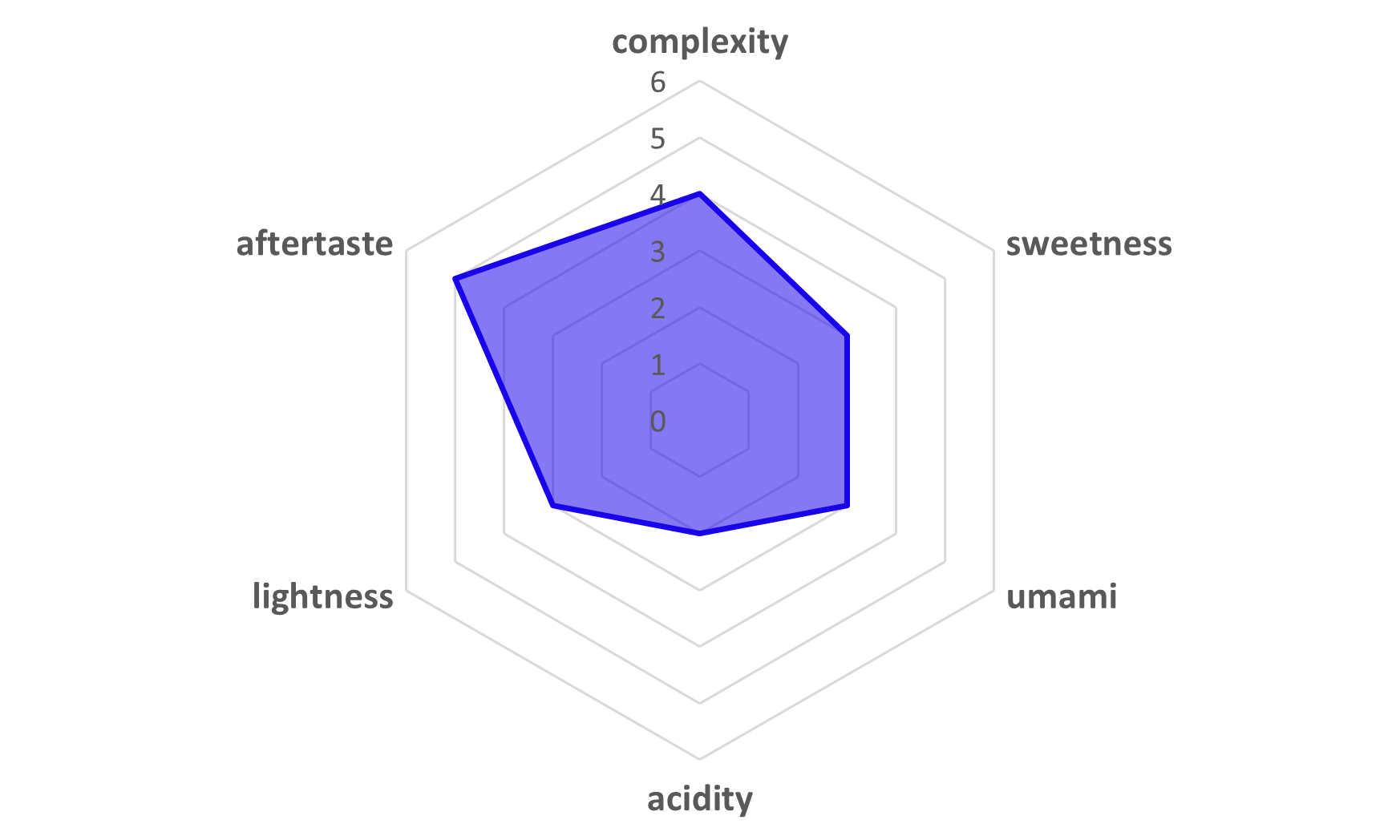N/A
An indicator of the sweetness or dryness of sake. Generally, a negative value indicates sweetness, while a positive value indicates dryness.
A numerical expression of the total amount of acidity. A high acid level indicates sharpness and richness, while a low indicates lightness and sweetness.
The ratio of rice remaining after scraping from the outside. By shaving off the surface layer, sake can be made with a distinctive aroma and free of impurities.
"It has a very three-dimensional aroma of chestnuts and chrysanthemum, produced by the koji, and a rich Greek yoghurt aroma, and is truly a Junmai Daiginjo of the royal road style. The gorgeous, refined taste and sharpness fill the mouth with a delicious flavour reminiscent of hazelnut powder that makes you crave for chewing. And its warm aftertaste shelves over forever. Recommended served cold or at room temperature."
Professional French Chief & YUKARI Special Ambassador
"For desserts, chocolate-based confections would complement it well. For savory dishes, those prepared with Yachimiso, a type of miso paste, would create a harmonious combination. Examples include Sachertorte (a classic Austrian chocolate cake) and simmered beef in a savory broth."
Sommelier of Sake / Sake Diploma & YUKARI Special Ambassador








